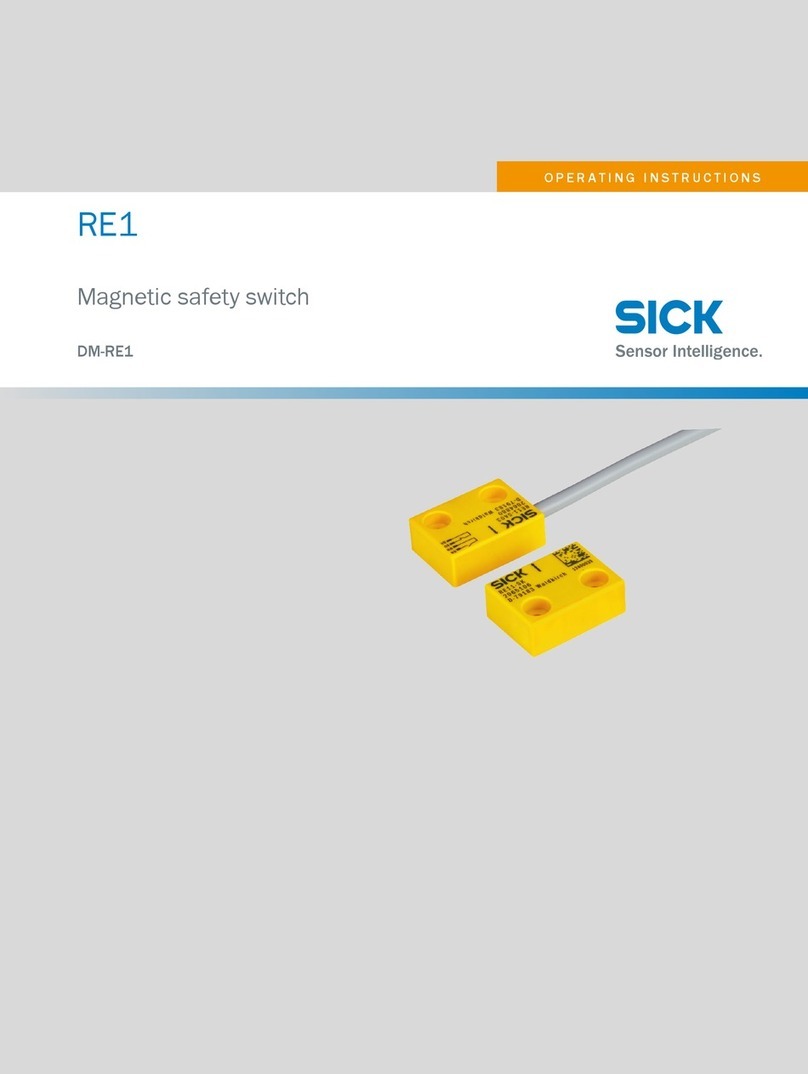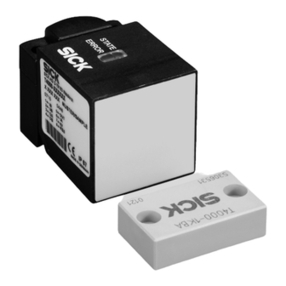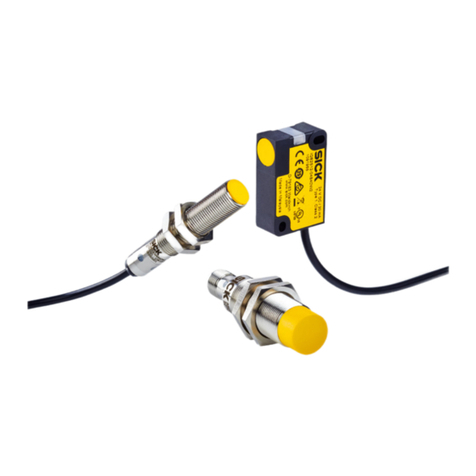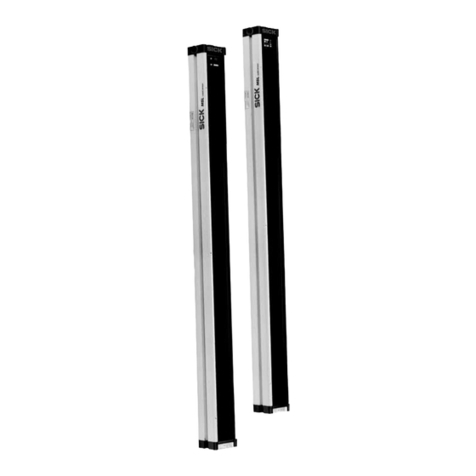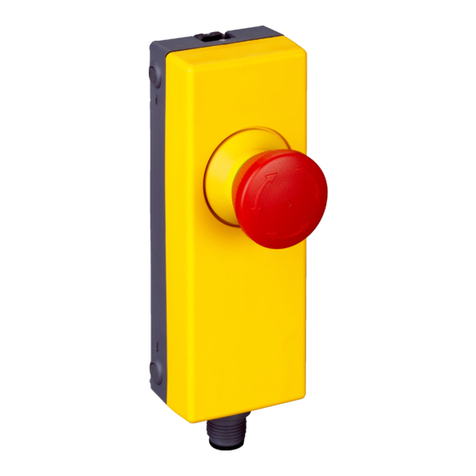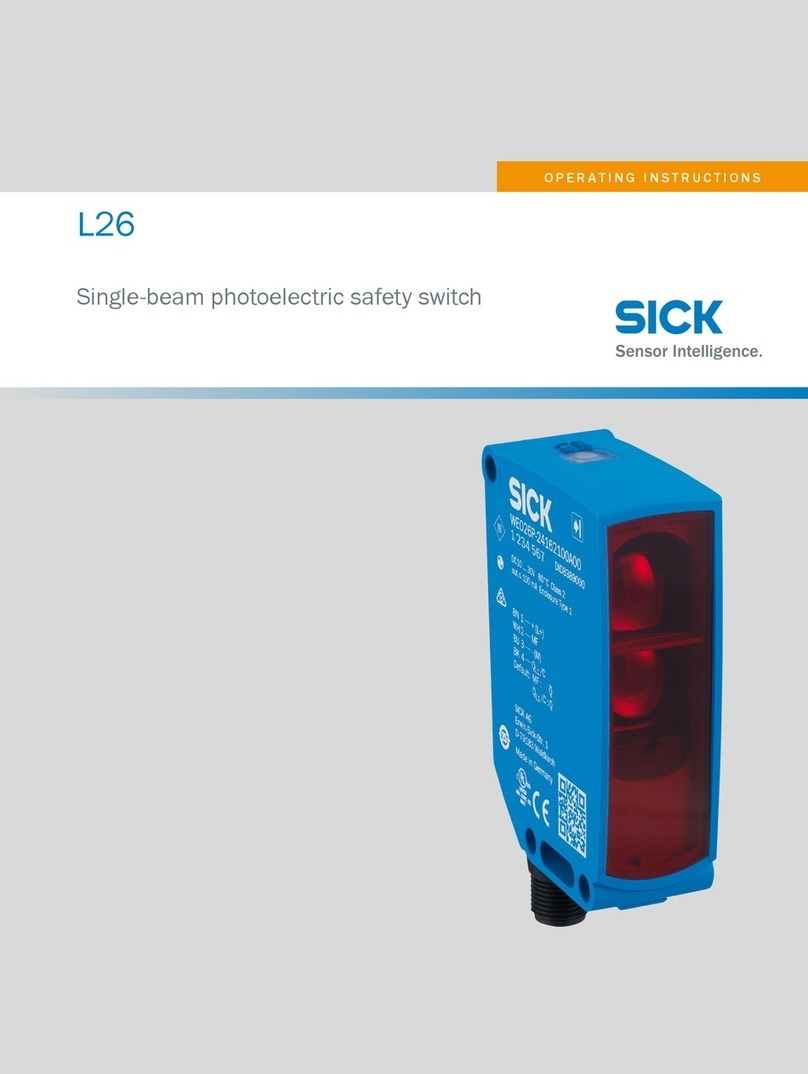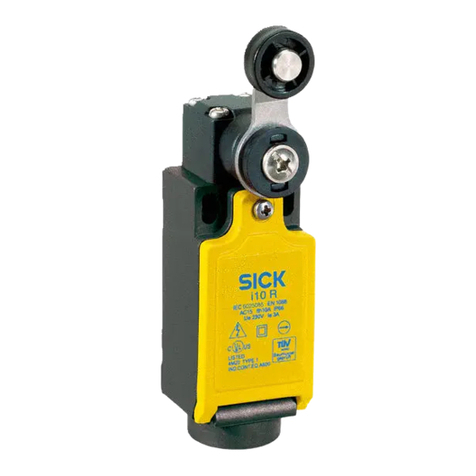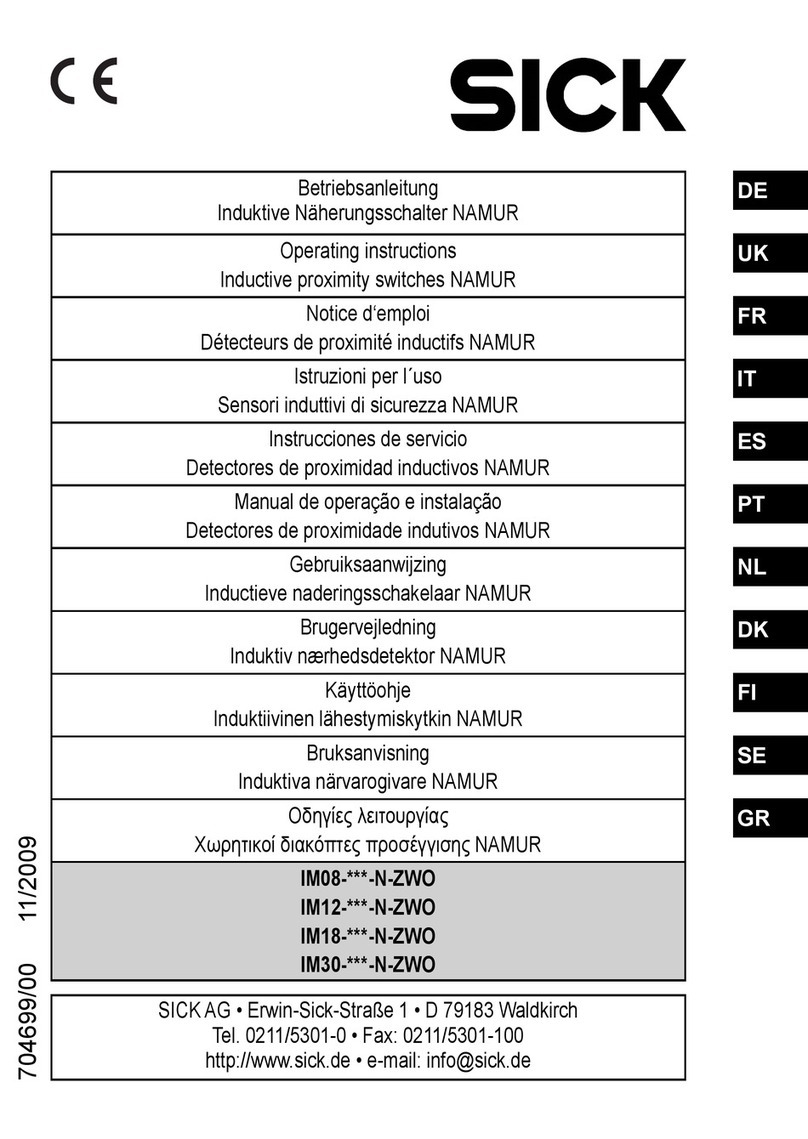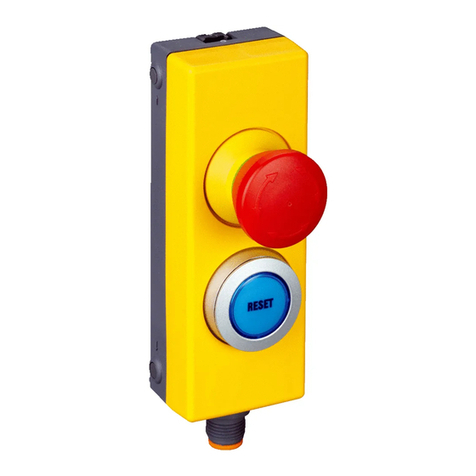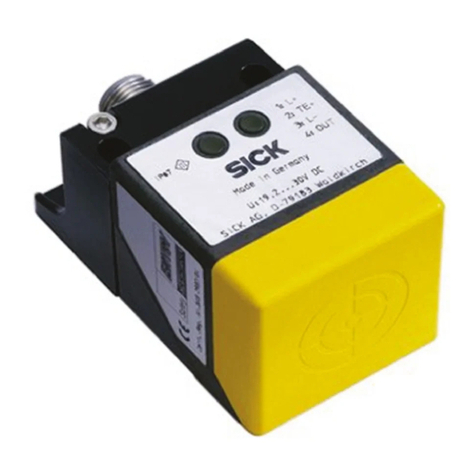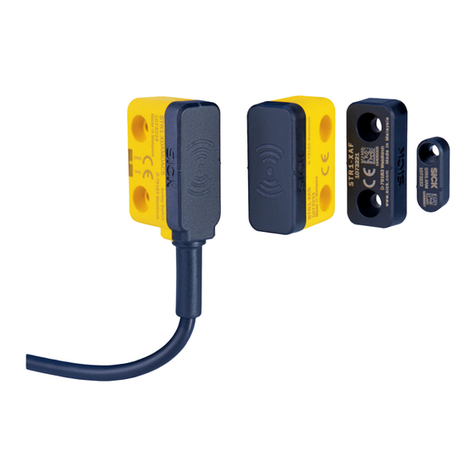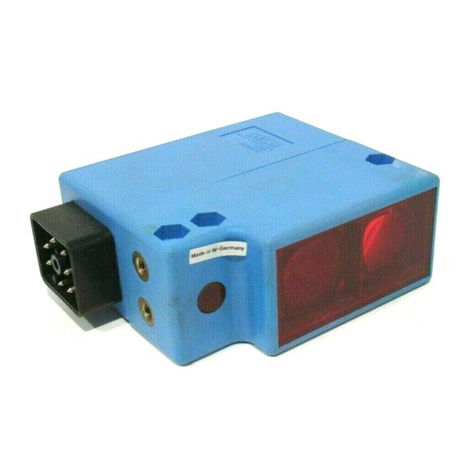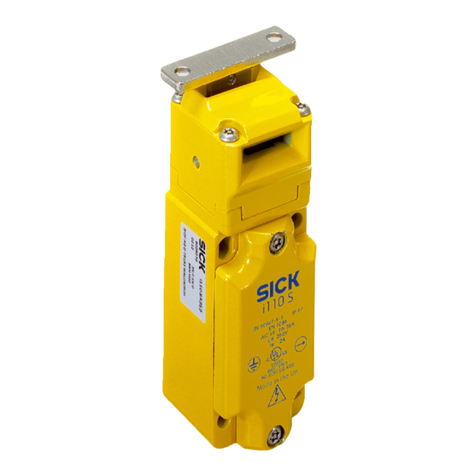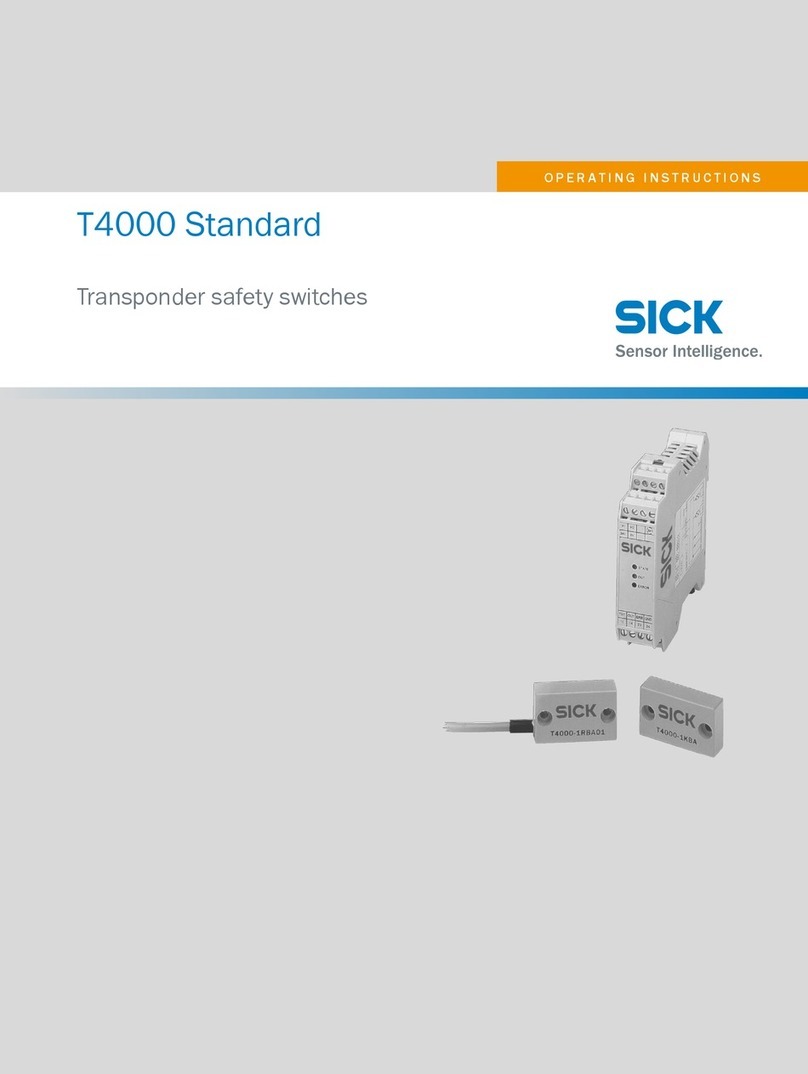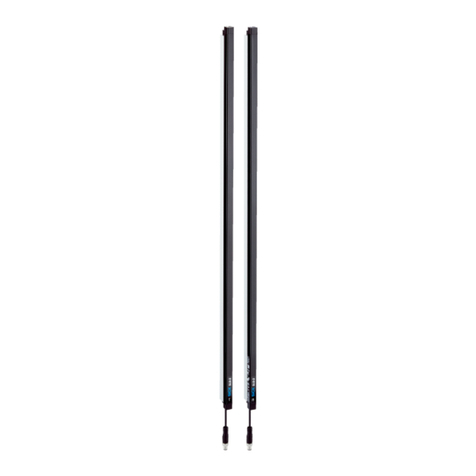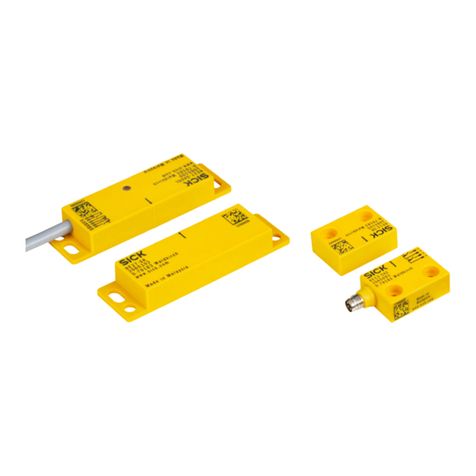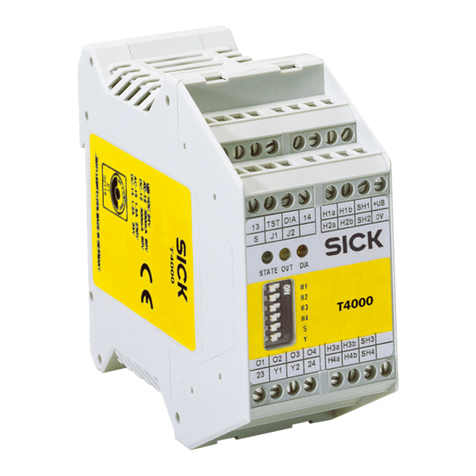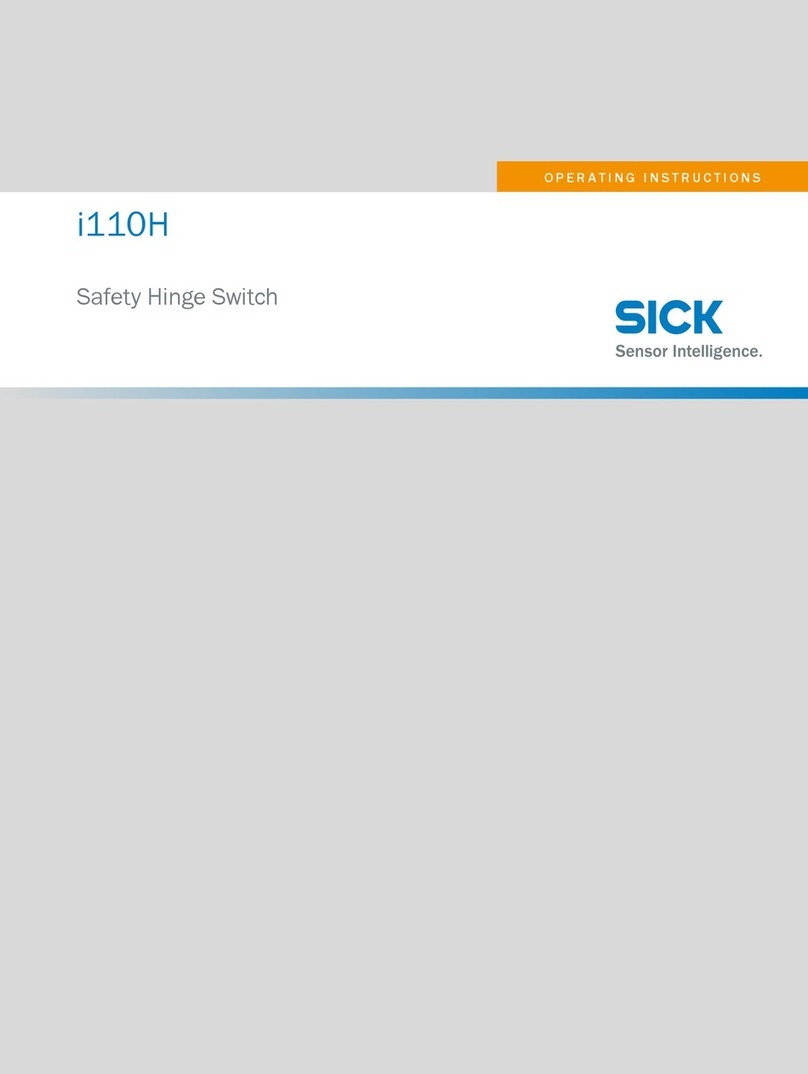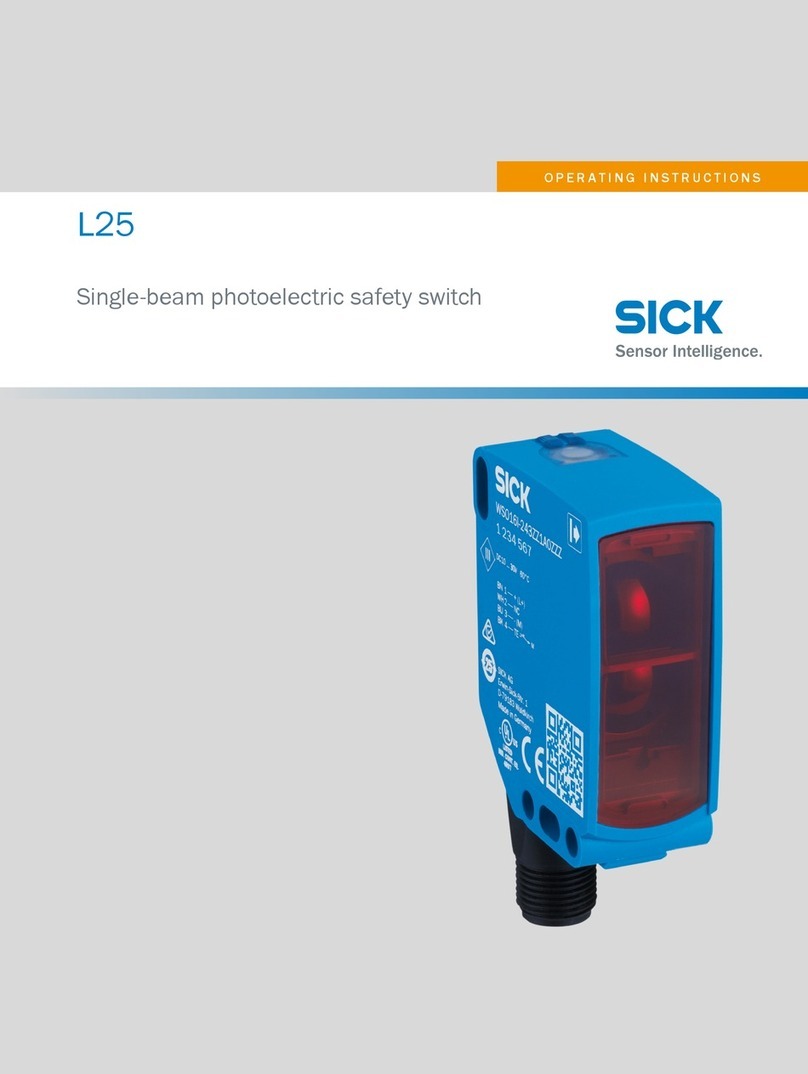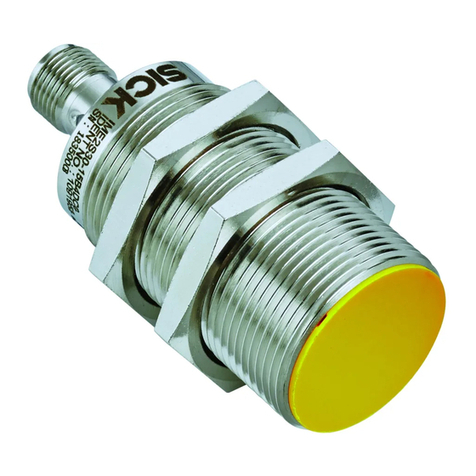
8 008 692/23-07-01 © SICK AG • Industrial Safety Systems • Germany • All rights reserved 3
Technical Description
WSU 26/2 – WEU 26/2
Photoelectric Safety Switch
Contents
Contents
1Document Information .................................................................................................. 5
1.1 About this document ..................................................................................................... 5
1.2 Target group ....................................................................................................................... 5
1.3 Scope of information .................................................................................................... 6
1.4 Symbols used in this document ............................................................................ 6
2Safety....................................................................................................................................... 7
2.1 General safety advice and protective measures........................................ 7
2.2 Application areas............................................................................................................. 8
2.3 Intended use of the device ...................................................................................... 9
2.4 Environmental compatibilty ....................................................................................... 9
3Product Description..................................................................................................... 10
3.1 Characteristics................................................................................................................ 10
3.2 Device functionality..................................................................................................... 10
4Mounting ............................................................................................................................ 11
4.1 Positioning the sensors ........................................................................................... 11
4.2 Safety distance.............................................................................................................. 11
4.3 Distance to reflective surfaces........................................................................... 13
4.4 Multiple safeguarding ................................................................................................ 15
4.4.1 Mutual interference ................................................................................................. 16
4.5 Mechanical mounting.................................................................................................. 16
4.5.1 Corner mirrors ............................................................................................................. 18
5Electrical Installation................................................................................................. 19
5.1 Test instructions............................................................................................................ 20
5.2 Spark suppression....................................................................................................... 20
5.3 Short-circuit monitoring............................................................................................. 21
5.4 Overvoltage protection (fuse)............................................................................... 21
5.5 Wiring diagram ................................................................................................................ 22
5.6 Alignment of WSU and WEU ................................................................................... 30
5.6.1 Alignment of WSU and WEU with Alignment Aid AR 60.................... 31
6Test Instructions ............................................................................................................ 32
6.1 Pre-commissioning tests ......................................................................................... 32
6.2 Regular testing of the safety device by competent personnel...... 32
6.3 Daily testing of the safety module by competent personnel .......... 33
7Maintenance .................................................................................................................... 34
8Diagnostic Elements ................................................................................................... 35
9Technical Data ............................................................................................................... 36
9.1 Overview technical data ........................................................................................... 36
9.2 Dimensional drawings ................................................................................................ 38
10 At a glance: Comparison of old versus new devices............................ 42
11 Selection Table ............................................................................................................ 43
11.1 Conversion list ............................................................................................................. 44
12 Accessories Selection Table ............................................................................... 45
13 Checklist .......................................................................................................................... 46
